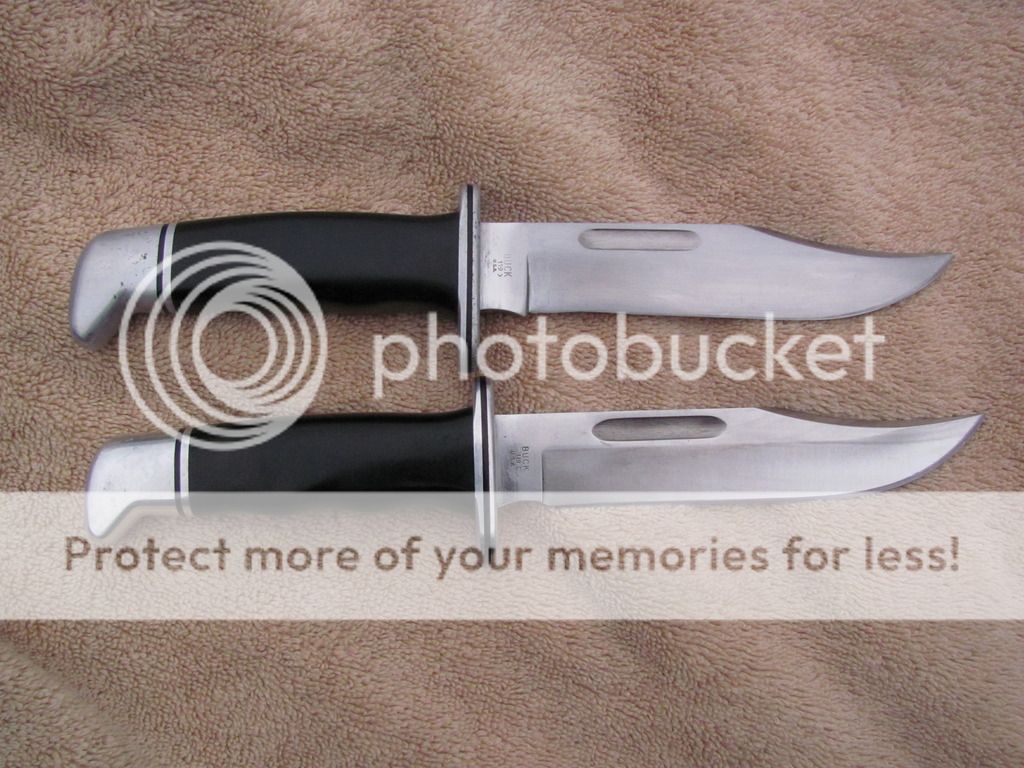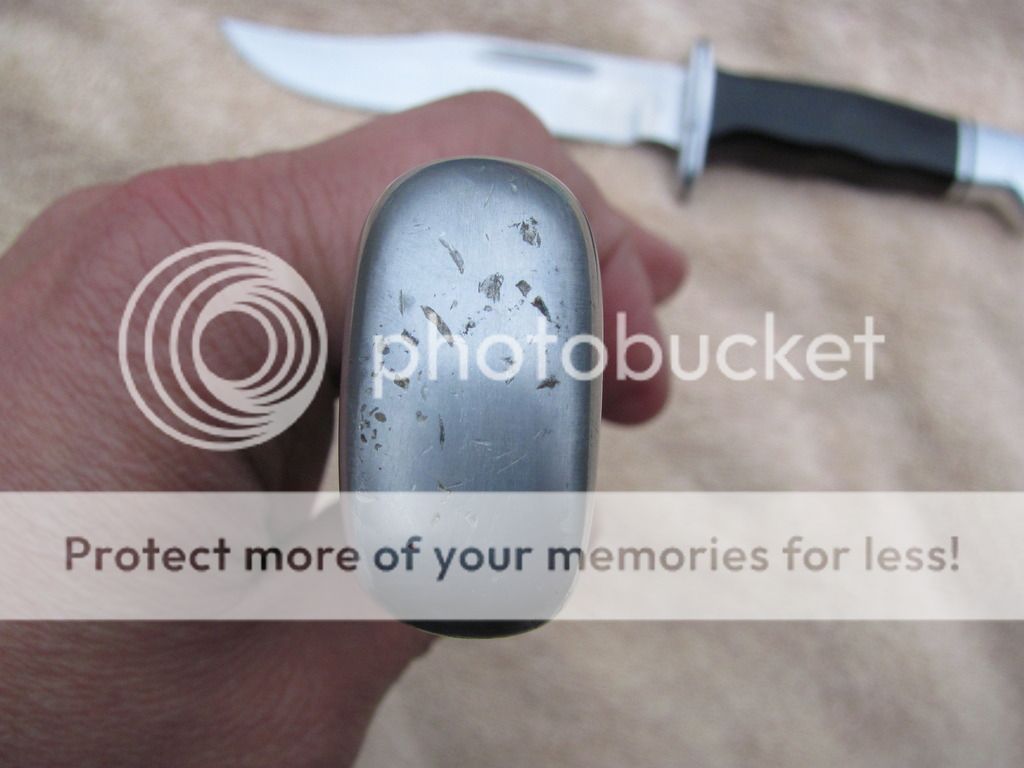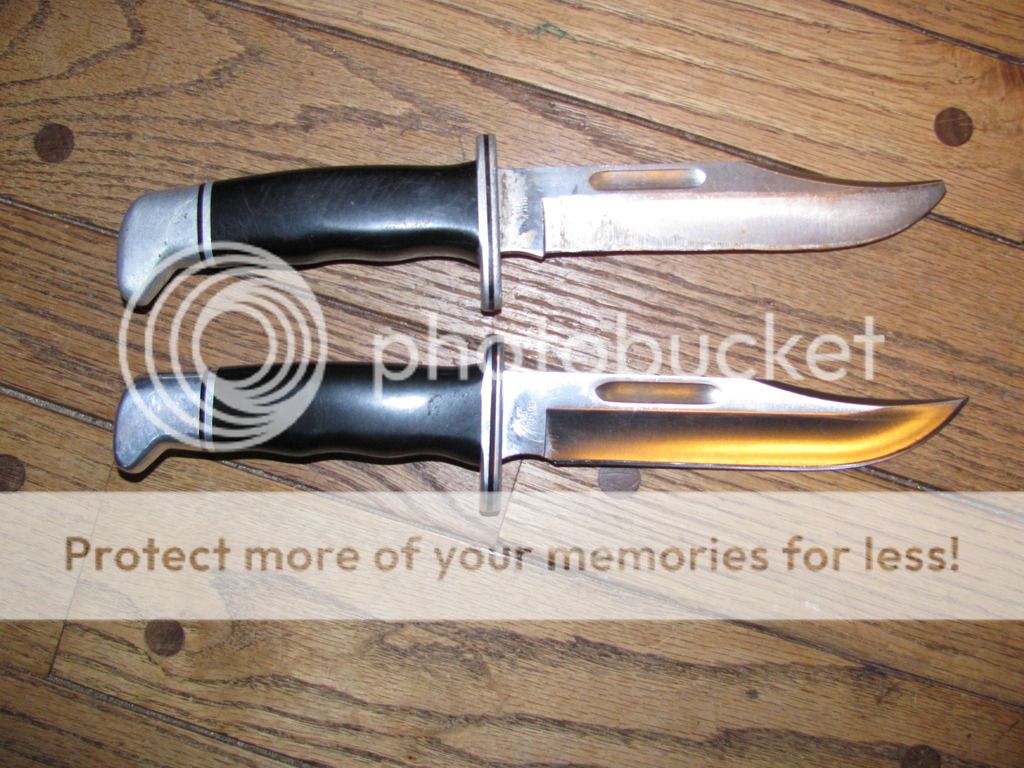Well I tried it myself. I spent about 4 hours but I was watching football with a large towel on my lap, sanding away. So my "time" cost was zero, except that I could have been darning socks or playing the ukulele (my other during-football activities).
I spent about $5 on sandpaper (seriously).
I sanded the blade with 100, 120, 150, 220, 320 grit. There were still some vertical lines visible but I gave up, I was tired. I knew they would stay visible when I transitioned from 100 to 120 but at that point I said "good enough!" I stopped with a satin finish at 320 to camouflage the remaining scratches.
I reprofiled the point
very carefully on a belt sander. By very carefully I mean one pass, touch it with my fingers to ensure no heatup, one more pass, etc. It never got too warm to touch.
When the end was finally a point it had thickened (no surprise, I had done this before with a kitchen knife that had a broken tip). So I pre-sharpened the tip on my belt sander.
Then I started with 220 on the phenolic, working up to 400 with the pommel masked. At 400 I unmasked the pommel. I had not noticed serious crud beaten into the pommel! The hand guard also looks like it was dropped in gravel and then stepped on. I'm talking gouges and pieces of dirt or rock pounded in. I would have had to seriously reduce the size of the handle/pommel to remove them. I chose not to do that. I sanded the pommel and aluminum handle with 400/1000/2000/emery paper. The phenolic is not quite as glossy as the undamaged knife but it is close. The pictures do not show the difference in gloss of the phenolic, nor do they show the tiny vertical scratches that are still visible under a close inspection. But the satin finish hides the scratches enough for me.
I sharpened with my Gatco guided system coarse stone at 15 degrees to ensure I had nice shoulders above the bevel. I then put on a 17 degree bevel with a Lansky.
Most of the damage was near the choil/handguard. The close up shows that a fair amount of edge was removed about 3/4" from the choil - so the edge is not straight there. I would have had to remove
a lot of metal from the rest of the edge to straighten that area out. I left it. If the knife gets used/sharpened a lot the edge will eventually straighten a bit. Alternatively if I am feeling really motivated some day I could reduce the entire edge enough to straighten it. Then I'd probably reduce the handle/pommel size enough to remove all the dings. At that point it would be a "119 minus" and I would give it to a kid/small handed lady. But that is probably a weekend worth of labor.
The restored knife is on top in the pictures below:
















